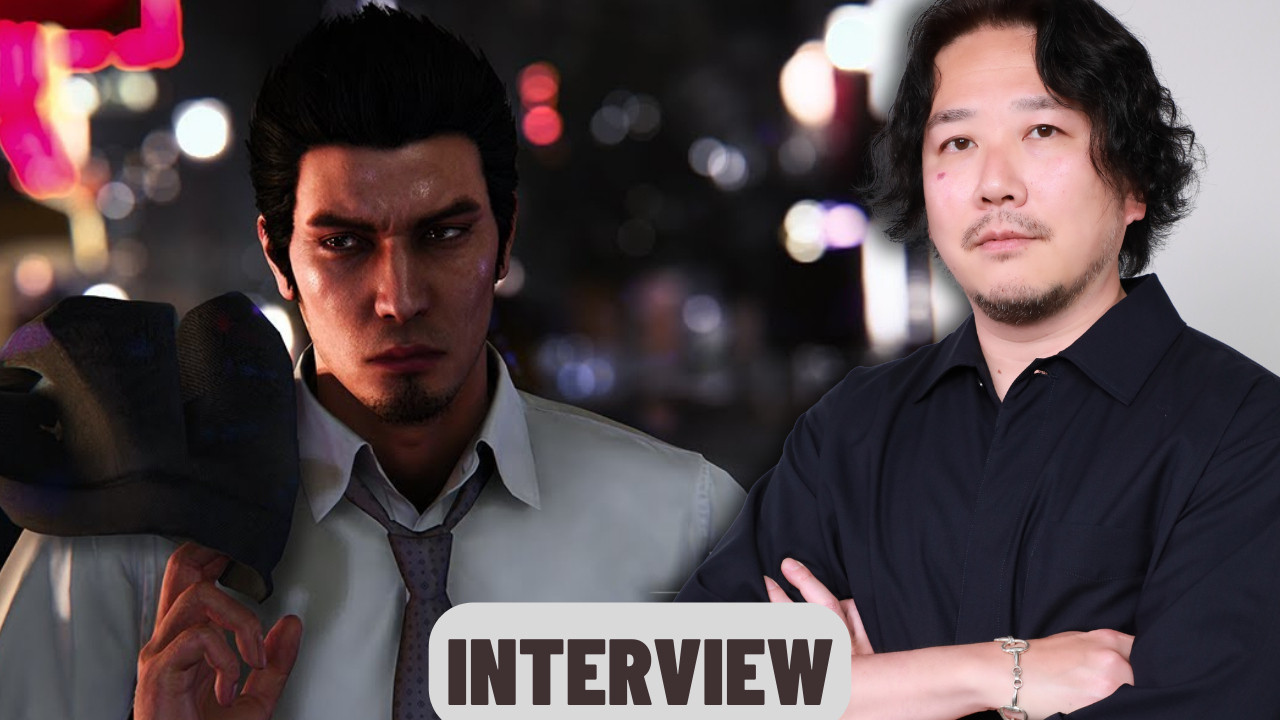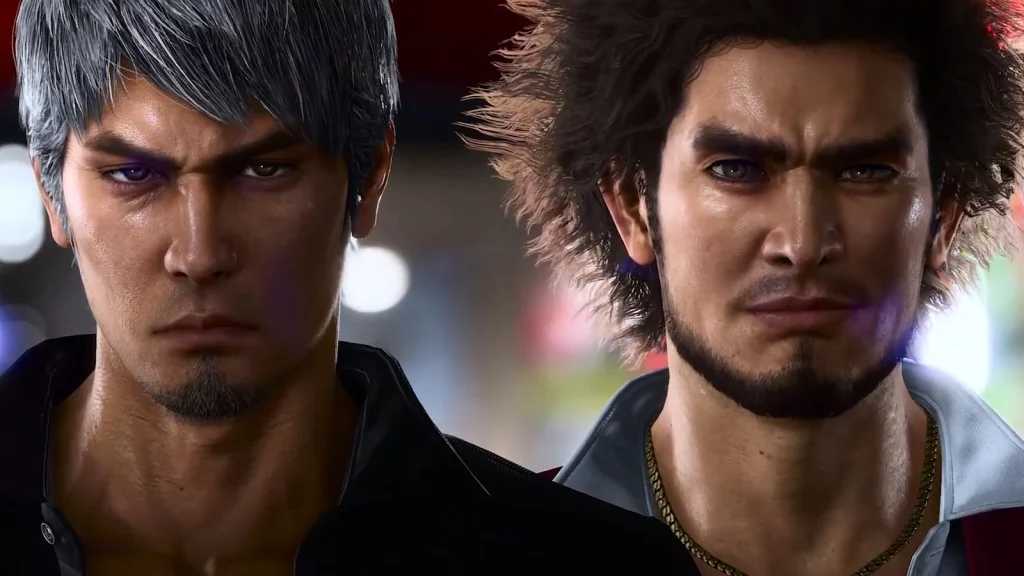The Yakuza/Like a Dragon franchise has always been big news since the first installment all those years ago, but over recent years it has become less niche and more mainstream, with the fanbase growing with every installment.
Thankfully, the studio has realized this and we’re lucky enough to be treated to THREE games from them within a twelve-month period, the second of which has just been released, Like a Dragon Gaiden: The Man Who Erased His Name. This game sets out to fill in the blanks of some of the missing pieces storywise, before we get our hands on Like a Dragon: Infinite Wealth, in a few months.
We were lucky enough to talk to the Chief Producer of Rya Ga Gotoku about the latest offering – specifically the combat system – how it differs, and what it offers compared to previous entries in the franchise.
Like a Dragon Gaiden – Different to What Came Before
Q. What was the thinking behind the differing combat styles in Like a Dragon Gaiden: The Man Who Erases His Name?
In this title, Kiryu appears as an agent for the Daidoji Faction carrying out various missions undercover with tools and gadgets at his disposal to get these jobs done. Additionally, we wanted to create a new style that was very distinct from Kiryu’s classic fighting style. We also consider that Kiryu is notorious across Japan and is known for a distinct fighting style, so he would want to fight differently to keep his identity a secret. That’s how the Agent style was born.
On the other hand, the Yakuza style is the implementation of a powered-up version of Kiryu’s signature fighting style that many will recognize. This fits into this title that is meant to be the culmination of Kiryu’s actions so that fans of the traditional style can also easily enjoy the game.
Q. What was the hardest mechanic to balance between the two styles?
Since the Agent style includes many long-distance attacks such as the Spider and Hornet tools, the biggest challenge was tuning the stats, such as attack power, with range to achieve just the right balance.
At first, the “firefly” was a completely useless gadget that was almost certain to be caught in an explosion, since the enemy had a high probability of throwing it back, so it was impossible to tell where it was thrown and when it would explode. So we made it to be timed, added sound effects, etc., and adjusted it to be easier to understand.
Q. Is there a clear favorite between the combat styles for the development team?
I must admit that the Agent style is well-liked within the development team. We approached development to the Agent style with a technical mindset, and it was refreshing in a way that we hadn’t seen in the past titles due to how different it was from your typical close-quarters combat that most of our characters use.
Q. Was there ever a moment that the combat was remarkably different?
At the beginning of development, we were experimenting with various styles.
Some were extensions of the Yakuza 0 style, while others used more gadgets. After much consideration, we landed on our current style.
We considered a taser, shock baton, attaché case gun, and other gadgets that one might see in a spy movie, but decided against them because they would be too complicated to operate. Instead, we created a character who uses various gadgets for enemies. This is because if it is a type of gadget that makes you have to select from the pouch in the middle of a battle you have to stop the battle in order to do so, it will be like a weapon introduced in Kiwami 2.
We also considered developing Y0’s four battle styles, but considering the volume of 7 Gaiden and other factors, we chose to focus on two: Yakuza and Agent, in order to allow the player to enjoy the growth elements in moderation and enjoy every inch of the game.
Q. Were the two different combat styles born from the story, or did the story get influenced by the creation of the two combat styles? What came first?
The combat styles were born out of necessity for the story. Combat, game systems, mechanics – typically these elements are created from the story, rather than the other way around.
I recommend using the Yakuza style for single opponents such as bosses, and the Agent style for crowds of opponents.
Q. The Coliseum offers plenty of opportunity to test out the new combat skills and abilities on offer, as well as cut through swathes of enemies at a moment’s notice. Are there many different modes or fighters available to use in the Coliseum, and is it something you’d plan to add more to with post-launch content?
The coliseum offers several modes of play, such as single-player and team competition. All the allies who appear in this mode are playable within it. Not to shamelessly plug too much, but the fan-favorite characters Majima, Saejima, and Dojima are also playable if you purchase the Deluxe Edition! We do not plan to add post-launch content, so please enjoy the Legendary Fighters Pack.
Q. The Yakuza brand has always managed to mix the serious undertones of the material with the wackiest situations. Is there anything in the combat that matches the uniqueness of the franchise? For example, the last game allowed us to summon all sorts of weird and wonderful citizens to help in battle, is there anything similar in Gaiden?
The combat is developed in a way that shapes the story. Since Gaiden is a story with Kiryu as the sole protagonist, the title is focused on Kiryu’s actions. Hence, there are no elements such as summoning citizens like Ichiban Kasuga.
Q. Were there any particular inspirations for the fighting styles of the game? Especially the newly formed ‘Agent’ style?
Classic spy movies and video games are definitely an inspiration. We took that inspiration and applied our Ryu Ga Gotoku Studio flavor.
Q. Kiryu has always been a brawler, but the new style sees him taking a new moniker and fighting style to better handle crowd control. Was it purely a gameplay decision to introduce this, or something more?
Once we decided to create the Agent style, the final product was a result of gameplay tuning that allowed for more technicality and exhilaration, with the ability to make contact from a longer distance to knock down multiple enemies, which was unseen in previous titles.
Q. After playing the demo at Gamescom – loved it by the way – I found myself wondering how Like a Dragon: Infinite Wealth would have looked with a similar system, what with the vastly different leading protagonists. Was there ever a point you considered having a real-time combat in Like a Dragon: Infinite Wealth, or a party-based combat style in Gaiden?
I am glad to hear you enjoyed it! The combat of the game is dictated by whose story is being told, so Infinite Wealth as Ichiban Kasuga’s story is a turn-based RPG system. However, we implemented a new system just for Kiryu called Dragon’s Resurgence. This ability enables Kiryu to tap into his instinct to fight in real-time action combat for a duration. We hope that players enjoy this unique meeting of both protagonists’ signature combat styles.
Q. What would be the best tip you’d give our readers to help them master both the differing combat styles?
Play to the strengths of each combat style depending on your situation. I recommend using the Yakuza style for single opponents such as bosses, and the Agent style for crowds of opponents.
Q. Is there anything you’d wish to tell our readers that I haven’t asked? Be it about the combat, the game, or the sequel?
We hope you enjoy Like a Dragon Gaiden: The Man Who Erased His Name, which is now available on every platform! Like a Dragon Gaiden also includes a Special Trial Version of Like a Dragon: Infinite Wealth with two modes, an exploratory Adventure Mode and a narrative-focused Story Mode, so be sure to check that out to get an early hands-on experience!
Follow us for more entertainment coverage on Facebook, Twitter, Instagram, and YouTube.



